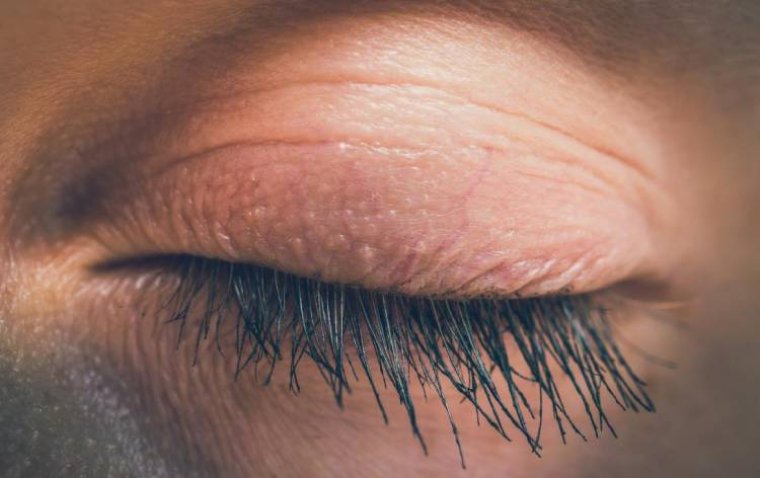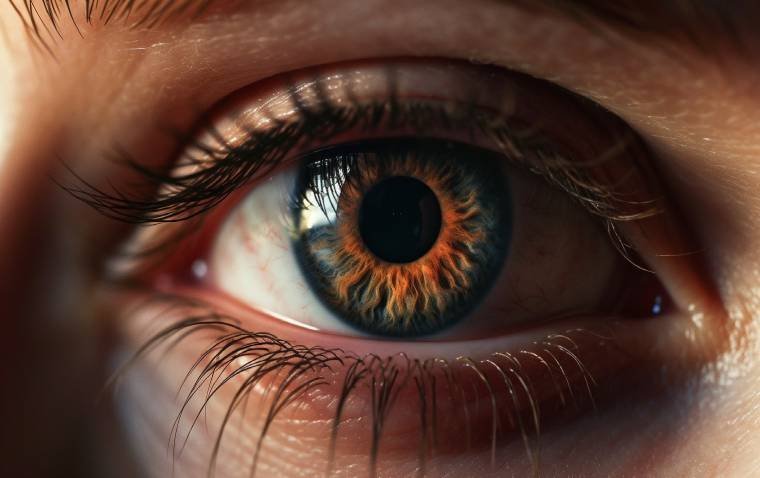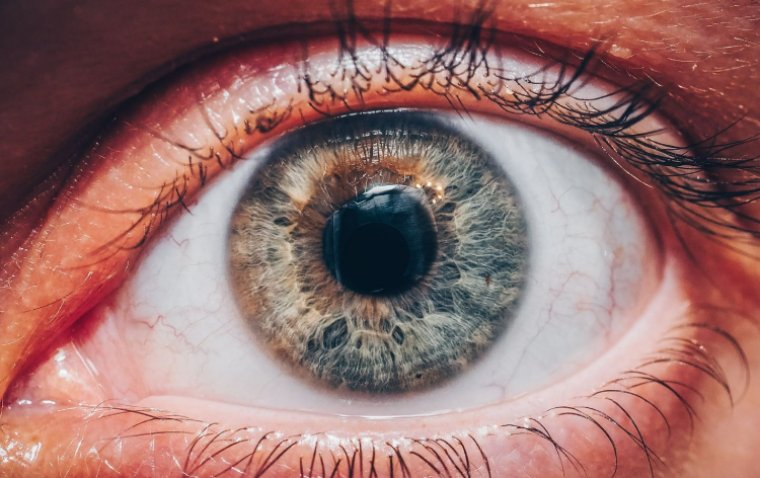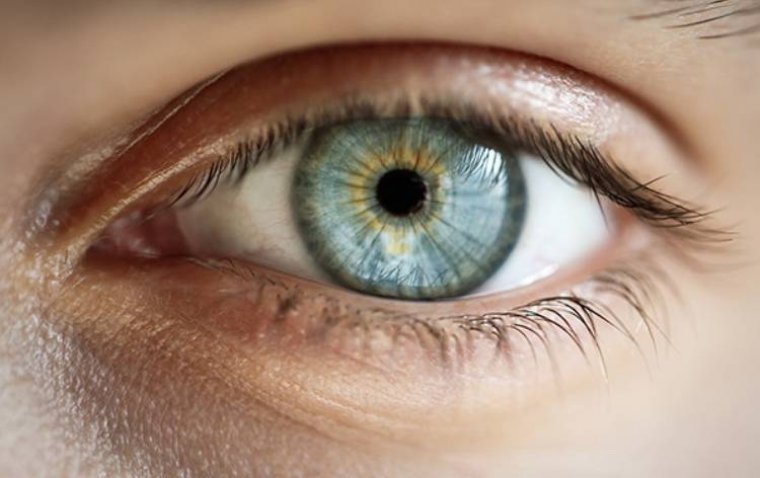
Uncovering the Link between Xerophthalmia and Vitamin A Deficiency
Xerophthalmia, also known as "dry eye," is a medical condition characterized by dryness and inflammation of the eyes. It is a common condition that affects millions of people worldwide and can range in severity from mild discomfort to severe vision loss.
Leading Cause of Xerophthalmia: Vitamin A Deficiency
One of the key causes of xerophthalmia is a deficiency in vitamin A, a nutrient that is essential for maintaining the health of the eyes.
Vitamin A is a fat-soluble vitamin that plays a critical role in maintaining the health of the retina, the part of the eye responsible for sensing light. It is also necessary for the production of a protein called rhodopsin, which helps the retina to detect low levels of light. In addition, vitamin A helps to protect the eyes from infection by supporting the growth and function of the cells that line the eyelids and the surface of the eye.
A deficiency in vitamin A can lead to a number of eye problems, including xerophthalmia. The most severe form of xerophthalmia, called xerosis, is characterized by dryness and inflammation of the cornea, the clear outer layer of the eye. This can lead to ulceration, scarring, and, in severe cases, blindness. Night blindness, the inability to see in low light, is also a common symptom of vitamin A deficiency.
Symptoms of Xerophthalmia
● Dry eyes: One of the most common symptoms of xerophthalmia is dryness of the eyes. This can lead to itching, burning, and a feeling of grittiness in the eyes.
● Conjunctival xerosis: The conjunctiva, which is the clear membrane that covers the white part of the eye and the inner surface of the eyelids, can become dry and inflamed. This can cause redness, itching, and a burning sensation in the eyes.
● Bitot's spots: These are small, white, triangular-shaped spots that appear on the conjunctiva. They are a sign of severe vitamin A deficiency and can lead to corneal ulceration and blindness if left untreated.
● Night blindness: Xerophthalmia can cause night blindness, which is the inability to see in low light conditions.
● Xeroderma: Dry and scaly skin around the eyes, mouth and genitals
.jpg)
Managing Xerophthalmia
Xerophthalmia is a preventable and treatable condition. Here are some common treatment options for xerophthalmia:
Vitamin A supplementation: The most important treatment for xerophthalmia is to supplement the diet with vitamin A. This can be done by taking vitamin A capsules or by consuming foods that are rich in vitamin A, such as liver, eggs, butter, and leafy green vegetables.
Nutritional counseling: In addition to vitamin A supplementation, individuals with xerophthalmia may also benefit from nutritional counseling to ensure that they are getting adequate amounts of other essential nutrients, such as protein and zinc.
Eye drops: To help lubricate the eyes and reduce symptoms of dryness and irritation, a doctor may recommend using artificial tears or other lubricating eye drops.
Antibiotics: In cases of conjunctivitis or corneal ulceration, antibiotics may be prescribed to prevent or treat infection.
10 Vitamin A-Rich Foods to Incorporate Into Your Diet
1. Liver: Liver is one of the best sources of vitamin A. A 3-ounce serving of beef liver provides more than 100% of the recommended daily intake of vitamin A.
2. Eggs: Eggs are another great source of vitamin A. One large egg contains about 6% of the recommended daily intake of vitamin A.
3. Butter: Butter is a good source of vitamin A, with one tablespoon providing about 4% of the recommended daily intake.
4. Leafy green vegetables: Spinach, kale, and collard greens are all high in vitamin A. A cup of cooked spinach, for example, provides about 28% of the recommended daily intake.
5. Sweet potatoes: Sweet potatoes are a great source of vitamin A. A medium sweet potato provides about 437% of the recommended daily intake.
6. Carrots: Carrots are well-known for being high in vitamin A. A medium-sized carrot provides about 431% of the recommended daily intake.
7. Cantaloupe: Cantaloupe is a delicious and nutritious fruit that is high in vitamin A. One cup of diced cantaloupe provides about 112% of the recommended daily intake.
8. Apricots: Apricots are another fruit that is high in vitamin A. A cup of apricots provides about 18% of the recommended daily intake.
9. Mangoes: Mangoes are a tasty and healthy fruit that is high in vitamin A. One cup of diced mango provides about 17% of the recommended daily intake.
10. Papaya: Papaya is a tropical fruit that is high in vitamin A. One cup of diced papaya provides about 12% of the recommended daily intake.
Conclusion
In conclusion, Xerophthalmia is a common condition that affects millions of people worldwide and can range in severity from mild discomfort to severe vision loss. One of the key causes of xerophthalmia is a deficiency in vitamin A, a nutrient that is essential for maintaining the health of the eyes. Ensuring that your diet is rich in vitamin A, and seeking medical attention if you experience symptoms of dry eyes, can help to prevent xerophthalmia and other eye problems caused by vitamin A deficiency.
(1).jpg)










